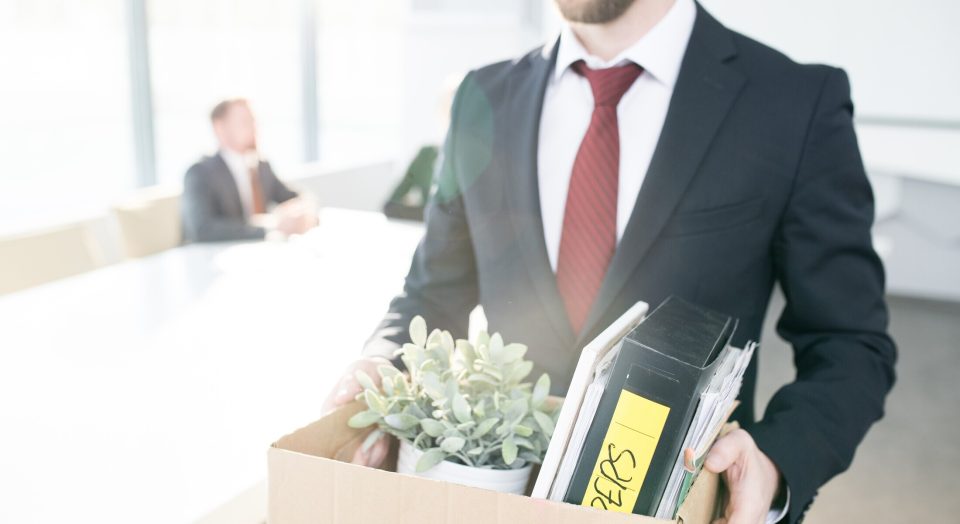Protect Yourself from Financial Crisis with an Emergency Fund
Share
Want to know something terrifying? According to the Federal Reserve, 44 percent of Americans can’t cover an emergency expense of $400. You read that right; almost HALF of Americans would have difficulty scrounging up $400. We don’t know about you, but that had us building up our emergency funds. Here are a few things we found that helped get us started.
Set a goal.
According to financial experts, you should have three to six months worth of living expenses saved in an emergency fund (EF). This should protect you in case of job loss or another unexpected financial hardship.
Start off small.
Six months of expenses can be daunting. Instead of looking at that large number, start with something like $500. Save $50 per paycheck until you get to that point. This will help boost confidence in your saving abilities while getting you to your goal.
Understand what is an emergency.
An emergency is something that affects your health, ability to earn income, or quality of life. That could be a medical emergency, job loss, or a major appliance biting the dust (like your furnace). It does not include things like car insurance, gifts for people, or an item you REALLY want.
Set up the right account.
Emergency funds need to be readily accessible, so don’t tie them up in things like investment accounts. At the same time, you'll want to take advantage of an account with a good savings rate. That way, you can earn back dividends while your funds are (hopefully) going unused. A high-yield savings account or a money market account is a good place to start. If it has checks or a debit card, it’s a safe bet.
Click here to see Member One's Money Market account rates.
Make saving easier.
Set up an account that is separate from your regular savings account. Some even recommend getting an account at a different financial institution altogether to keep things separate. Additionally, set up automatic deductions into that account so you don’t even need to think about it.
Ways to find extra money.
Many feel like they’re already strapped for cash. Here are a few ways you might be able to save extra:
- Put your tax return toward your EF.
- Put any loose change into a jar. Bring that to your financial institution at the end of the month for your EF.
- Get a side hustle for more income.
- Cancel subscriptions for things you no longer use like cable, Netflix, magazines, or even the gym.
- Ask your credit card company to reduce your interest rate. If they won’t, transfer your balance to a lower-interest credit card.
- Sell items you no longer need or use.
- Shop around for better rates on car or homeowners insurance.
- Carpool, take the bus, or bike to work.
- Install a programmable thermostat.
Contributing to an emergency fund isn’t on our list of fun things to do, but this is one of the most important savings goals you can have. At some point, something beyond your control will happen; when it does, these savings will stop it from derailing your entire life. It’s time to get started.
You May Also Like

Debt consolidation can be a great way to get out from under and on the road to financial freedom. Here are a few ways to get started.

Getting debt-free is fantastic, but in some situations, throwing every single extra dollar at debt could be cheating yourself in the long run.

Here are nine steps you can take that can help minimize or even eliminate your student loan debt.